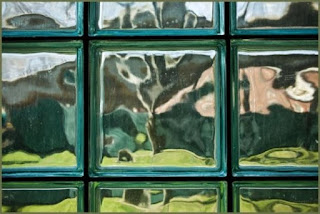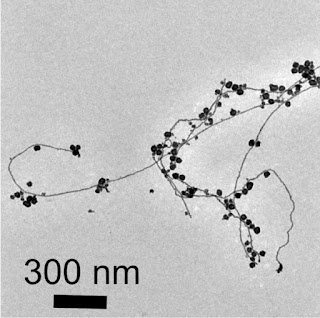Toxic chemicals turn a new material from porous to protective
Another,
breathable material that can likewise square organic or concoction dangers
could offer agreeable security for individuals working in defiled conditions or
hazardous military zones.
The
base layer of the material, depicted April 3 at the Materials Research Society
spring meeting, highlights carbon nanotube pores implanted inside an adaptable
engineered polymer film. These pores are only a couple of nanometers crosswise
over — too little for bacterial or viral cells to crush through, yet
sufficiently wide for sweat to get away.
The
best layer offers facilitate security. It is made of another, springy polymer
that ordinarily enables water and different atoms to go through. In any case,
when the polymer comes into contact with G-arrangement nerve specialists — the
group of poisonous chemicals that incorporates sarin gas — it smoothes into a
thick sheet that seals over the carbon nanopores underneath. The polymer can be
reestablished to its unique state by absorbing it a high-pH substance juices.
The
two layers together are still not as much as a large portion of the thickness
of a sheet of paper, and could be laid over textures without putting the wearer
in danger of overheating. That is a change over the regular defensive rigging
that is for all time fixed against contaminants, said think about coauthor
Francesco Fornasiero, a compound designer at Lawrence Livermore National
Laboratory in California.
In
early testing, the material totally shut out dengue infection cells, and 90
percent of the concoction diethyl chlorophosphate, utilized as a remain in for
poisonous nerve operators. The analysts are attempting to make the material
significantly more impenetrable to perilous chemicals, Fornasiero said.
"20th International Conference on Advanced Materials Science and Nanotechnology"
https://materialscience-nano.conferenceseries.com/



Comments
Post a Comment